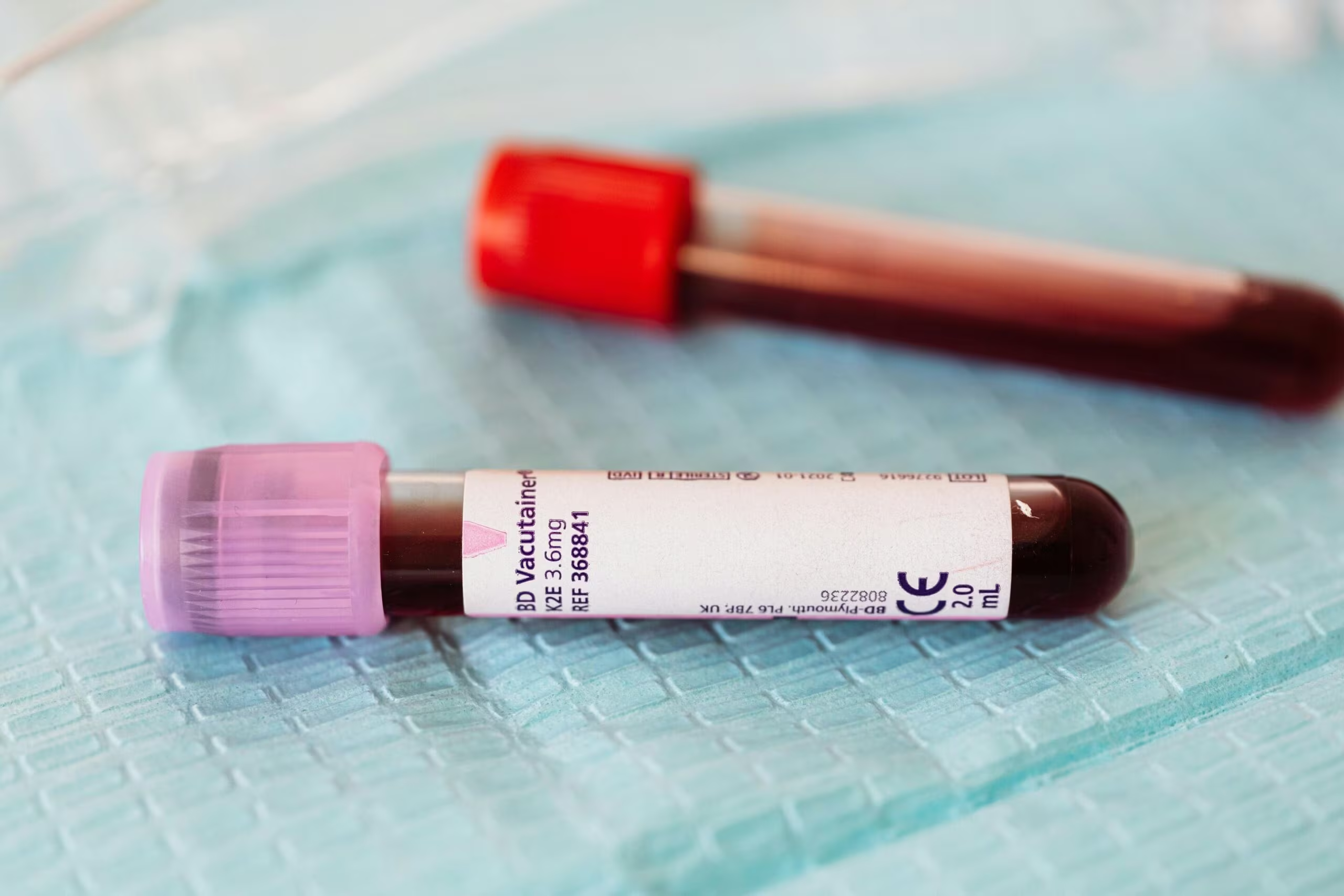A Critical Discrepancy: Why Two Kidney Tests Are Better Than One
For decades, healthcare professionals have relied primarily on a single blood test—serum creatinine (sCr)—to estimate how well the kidneys are filtering waste, a metric known as the estimated Glomerular Filtration Rate (eGFR). However, a landmark study published by the Chronic Kidney Disease Prognosis Consortium (CKD-PC) in the New England Journal of Medicine (NEJM) reveals a crucial and potentially life-saving insight: when the creatinine-based eGFR disagrees significantly with an eGFR derived from a newer marker, serum cystatin C (sCysC), patients face a dramatically higher risk of serious health complications.
This finding fundamentally changes how clinicians should assess kidney health and cardiovascular risk. The research demonstrates that the disagreement between the two tests is, in itself, a powerful predictor of end-stage kidney disease (ESKD), major adverse cardiovascular events (MACE), and all-cause mortality.

The New Standard for Risk Assessment: CKD-PC Findings
This authoritative study pooled data from 18 different international studies spanning 10 countries, analyzing the health records of 637,315 adults who did not have kidney failure at the start of the research. With a median follow-up period of 4.9 years, the massive dataset allowed researchers to precisely quantify the consequences of the marker mismatch.
The core issue lies in the limitations of creatinine. While creatinine is a waste product filtered by the kidneys, its levels in the blood are also heavily influenced by non-GFR determinants such as muscle mass, diet (especially meat intake), and certain medications. This means that in individuals with high muscle mass or specific dietary habits, the creatinine test (eGFRcr) can often overestimate true kidney function.
Cystatin C, conversely, is produced by virtually all nucleated cells in the body at a relatively constant rate and is less affected by these non-GFR factors, making it a more stable and often more accurate measure of the true GFR (eGFRcys).
Understanding the Discrepancy
The study found that the highest risk was concentrated in patients where the traditional creatinine test suggested healthier kidneys than the cystatin C test did—meaning eGFRcr was significantly higher than eGFRcys.
This discrepancy suggests that the patient’s true GFR is lower than what the standard creatinine test indicates, placing them in a higher risk category that would otherwise be missed if only creatinine were used.
Quantifying the Danger: The Mismatch Multiplier
The researchers established a clear, dose-dependent relationship between the degree of mismatch and the severity of predicted outcomes. The risks escalated sharply for every 15 mL/min/1.73 m² difference between the two estimated GFR values (where eGFRcr was higher than eGFRcys).
This quantitative data provides clinicians with a powerful new tool for risk stratification:
- End-Stage Kidney Disease (ESKD): The risk of progressing to kidney failure increased by 2.5 times.
- Major Adverse Cardiovascular Events (MACE): The risk of serious heart problems, including heart attack and stroke, increased by 1.3 times.
- All-Cause Mortality: The risk of death from any cause increased by 1.4 times.

This evidence strongly supports the use of both markers to calculate a combined eGFR (eGFRcr-cys), which offers superior risk prediction compared to using either marker alone.
Clinical Implications and Future Screening
The findings from the CKD-PC have significant implications for clinical practice, particularly in identifying individuals who are currently categorized as having low-risk chronic kidney disease (CKD) but are actually on a faster path toward ESKD or heart failure.
Identifying the Hidden High-Risk Group
Previously, a patient might have an eGFRcr result that places them in the mild CKD category (Stage 2 or 3a). If their eGFRcys is significantly lower, the mismatch indicates that their true functional decline is more severe, requiring immediate and aggressive intervention.
Key areas where the combined test is crucial:
- Risk Stratification: Moving patients from a perceived low-risk category to a high-risk category, ensuring they receive appropriate monitoring and preventative care.
- Drug Dosing: Accurate GFR estimation is vital for dosing renally cleared medications. Relying solely on an inflated eGFRcr can lead to drug toxicity.
- Cardiovascular Prevention: Since the mismatch strongly predicts MACE, identifying this discrepancy allows for earlier implementation of cardiovascular risk reduction strategies.
“The disagreement between the two common kidney function tests is not just a statistical anomaly; it is a clinical red flag,” the researchers noted. “Integrating cystatin C into routine testing, especially for patients where creatinine results are borderline or inconsistent with clinical presentation, is essential for improving outcomes.”

Key Takeaways
This comprehensive study confirms that the traditional reliance on creatinine alone is insufficient for accurate risk assessment in kidney disease. For patients and healthcare providers, the following points are critical:
- The Mismatch Matters: A significant difference between eGFR calculated by creatinine (eGFRcr) and eGFR calculated by cystatin C (eGFRcys) is an independent and powerful predictor of severe health risks.
- Highest Risk Scenario: The danger is greatest when the creatinine test overestimates kidney function (eGFRcr > eGFRcys).
- Quantified Risks: This mismatch increases the risk of kidney failure by 2.5 times and significantly elevates the risk of heart events and death.
- Clinical Recommendation: The findings advocate for the routine use of the combined eGFRcr-cys calculation, particularly in high-risk populations or when initial creatinine results are ambiguous.
Conclusion and Next Steps
The publication of this extensive data in the NEJM marks a pivotal moment in nephrology. It solidifies the role of cystatin C as a necessary component of kidney function assessment, moving it beyond a specialized test and toward standard clinical practice.
While cost and accessibility remain factors, the substantial increase in predictive power offered by the combined eGFR calculation provides a compelling argument for widespread adoption. Healthcare systems globally are expected to review their guidelines for CKD screening and risk stratification to incorporate this dual-marker approach, ensuring that high-risk patients are identified earlier and managed more effectively to prevent progression to ESKD and reduce cardiovascular mortality in the coming years.
Accurate assessment is the first step toward effective intervention, and the disagreement between these two tests provides a clear, actionable signal that clinicians can no longer afford to ignore.
Original author: NYU Langone Health
Originally published: November 7, 2025
Editorial note: Our team reviewed and enhanced this coverage with AI-assisted tools and human editing to add helpful context while preserving verified facts and quotations from the original source.
We encourage you to consult the publisher above for the complete report and to reach out if you spot inaccuracies or compliance concerns.

